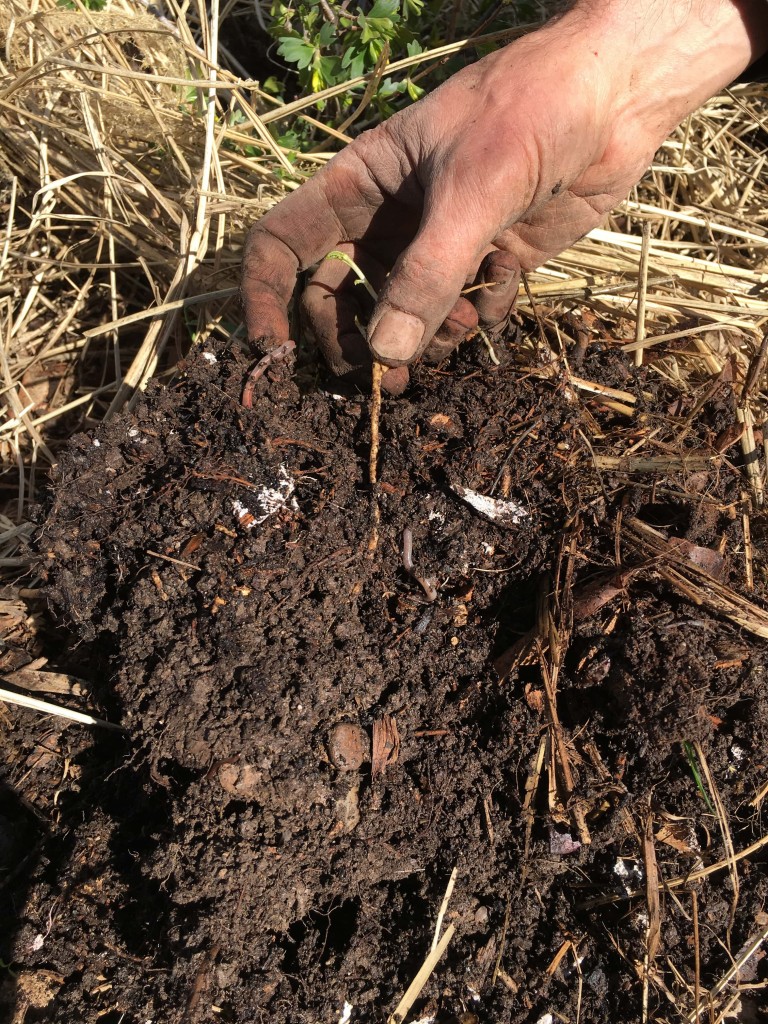
Hugelkultur Beds
Salt Lake City—Conserving water for spring garden preparation comes with a German accent.
Many of you are getting started with spring preparation for your vegetable garden this growing season. If you’re thinking of expanding your garden by converting another section of your lawn into a garden bed, you might consider installing a hugelkultur garden bed.
Hugelkultur is a German word (pronounced hoo-gull-culture) that means “hill culture” or “mound season.”
You may be daydreaming about the juicy heirloom tomatoes you’ll be eating this fall, or deciding that this is the year you’ll finally plant perennial vegetables such as artichoke or rhubarb.
Hugelkultur beds for spring gardening are created by piling organic material, often from trees, such as logs, sticks, wood chips, leaves, compost, and soil into mounds. Other organic material like cardboard, grass clippings, straw; and manure can also be added.
As the materials decompose over time, the result is microbial-rich soil resembling what is found in the forest. Plant life explodes because there are natural air pockets for plant roots to easily grow, so you never have to till.
Nutrients are released slowly as a result of the decomposition process. A well-made large mound with multiple whole logs can take up to 20 years to decompose, and will feed the vegetable garplants all the while.
Hugelkultur beds prolongs the growing season
Hugelkultur beds can even extend the spring growing season since composting materials keep the soil temperature warmer when air temperatures are cool in early spring and drop in late fall. The beds converse water.
Local community gardener, Jim French, has installed hugelkultur beds at his community garden called Playground East, which he runs in a Millcreek neighborhood.
“It’s actually warm here in the winter. The microbes in the garden beds create their own heat,” French said.
Similar to swales, which are shallow trenches dug into a landscape to store rainwater, hugelkultur beds serve as a tool for passive rainwater harvesting.
The woody material in the mound works as a sponge to catch and store water that would otherwise become runoff. Because they require less watering, they are an excellent choice in the dry climate Utah offers.

French installed his hugelkultur beds in 2015, and now they only need watering every seven to 10 days. When the beds do receive irrigation, the soil catches and stores the water, and plant roots can access it over time.
“These beds won’t need to be watered at all until June,” French said. “Even without much spring rain, the moisture from winter snow melt is locked in and the soil stays moist all spring.”
Would you try a hugelkultur garden bed for your spring garden preparation in Utah? Let us know in the comments below.
For more from Salt Lake City—conserving water for spring garden preparation click here.






